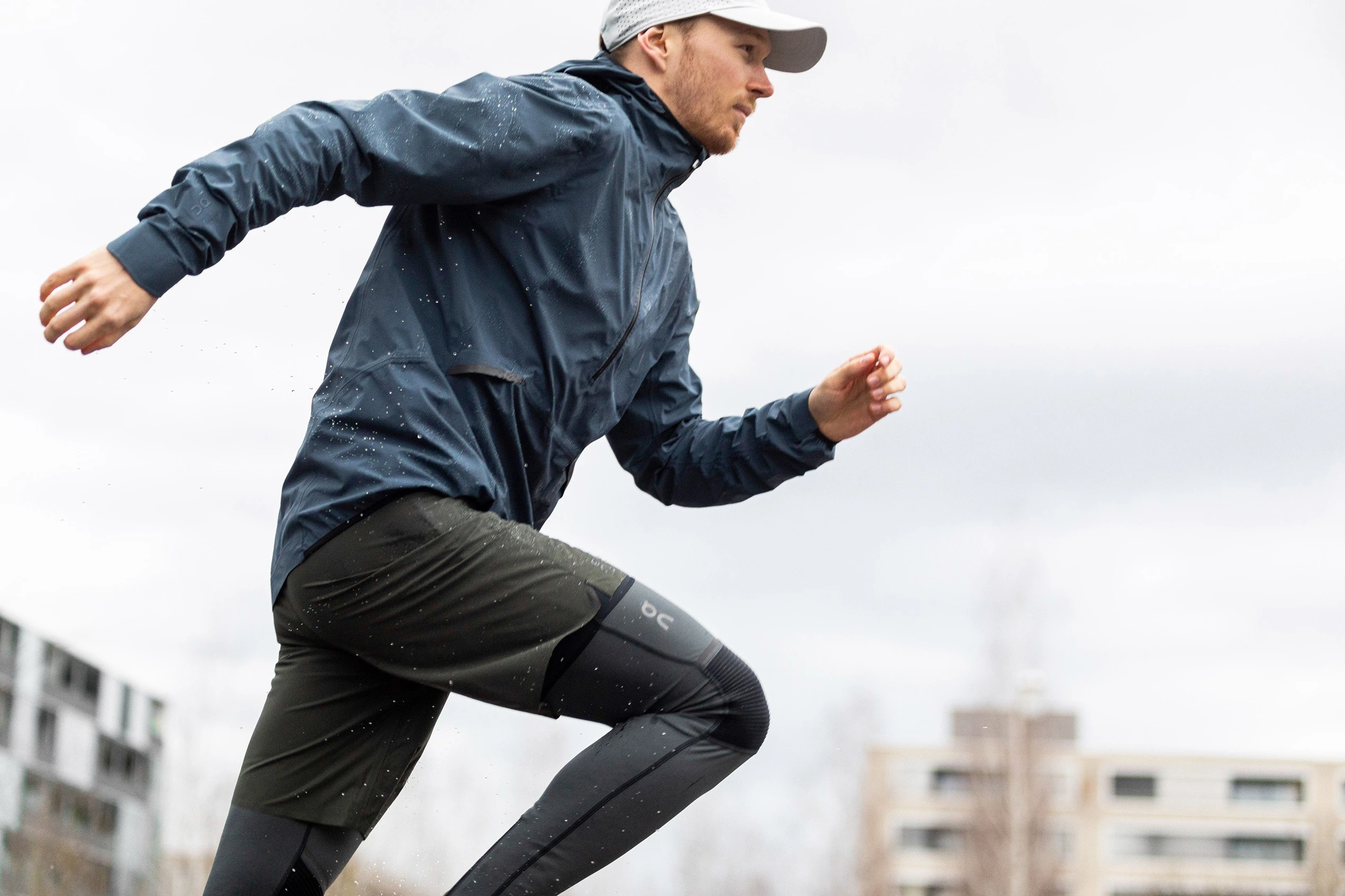

These quick-fire tips are for any and every kind of runner aiming at taking their personal best times lower than ever before. Some can be put in to action right now, others can help you get faster over time. That said, no time to waste; it's all aboard the speedway from here.


Whether you’re new to running or already competing, one common goal that all runners share is the desire to run faster. Below you’ll find five great ways to increase your speed, but first, we thought it would be good to quickly go over some basic principles.
Warming up and cooling down properly is essential not only for an injury-free run, but also for a quicker pace. Good nutrition, food combining and a diet rich in whole foods is likely to leave you feeling your best and your fastest. And finally, water really is your bestie – hydrate consistently throughout your day to feel energized for your run.
Now that that’s been said, let’s get into the tips.
If your aim is to run as fast as you can in a sprint, whether that sprint be on the running track or towards the finishing line of a marathon, your form is what will get you there. Just like in the 100 meters, the ideal sprinter’s body when going all-out is leaning forward with eyes straight ahead, upper body taught and tall, arms at 90 degrees and pumping as hard and as fast as possible, hips strong (not swaying from side to side) and footfall aimed to land on the fore- or mid-foot.
With your form in check, you should then concentrate on shorter than normal strides, hitting the ground and taking off again as soon as possible for greater propulsion than usual. With your body already set forward as part of the right form, you’ll find you’re already taking more steps than you would with your usual cadence. As a guideline, aim for around 90-100 strides per foot per minute which is ambitious, sure, but this is your fastest we’re striving for here so aim high for that high speed.
To help motivate your faster step count, listening to music with high beats per minute (over 180) has been found to increase speed when running. Listening to the music slightly higher than your normal music has also been shown to increase the distance you can run at a faster speed, as it helps distract you from the feeling of fatigue (but obviously, be careful with loud music and your environment on the run, as well as the health of your own ears).
If music isn’t your thing when running, a speedy partner for encouragement also will help you lift your game. Adding an element of competition, as well as someone there with whom to help pace yourself against, both can help push you closer to the new PR you’re out there chasing.


Interesting studies have been conducted that show if you think you look good, you perform better. So, when the day you’re unleashing your speed demon arrives, treat it like you are heading out for a night on the town, wear your best running gear, clean shoes and head out there with the confidence that looking your best brings. To help make sure your shoes not only look great but are made for speed, here are some of our On favorites with a proven fast-track record.
If you have a little more time up your sleeve to get to your fastest self, training in these three main areas has been proven as the best way to guarantee speedy results.
Train hills
The increased resistance of running up hills, activating and strengthening many of the core muscles used when sprinting, makes it one of the fastest ways to get… faster. To start, head for the hills and go for as many 10 second sprints upwards as you can at max effort, resting for a minute in-between each (fast and furious is the way to go). For all the ways that hill training can help make you a better runner, read our guide now.
Train weights
Focusing on strength increases the power of your stride, meaning every time your foot touches-down, the touch-off can be like a rocket booster, hurtling forward (it’s also the best way to get faster at running without actually running). The best two exercises you can do for speed-strength are deadlifts and weighted squats. Try for 3 x 10 repetitions with a weight that will have you struggling to complete those last few goes (it will be worth it when you see the results on your time).
Train intervals
Interval running helps build muscle and fatigue resistance, so while the other two types of training are more focused on strength for speed, intervals help with distance, meaning you can run faster for longer. Handy. A great starting point for these kinds of “HIIT” sessions (high intensity interval training) is to head to a running track or oval and running a “pyramid” build of 20m flat out, 40m slow, 40m flat out, 60m slow, 60m flat out, 40m slow, 40m flat out, 20m slow, and finally 20m flat out. Adjust the pyramid for greater distance as you get used to them.
We know you already will have a lot to think about when it comes to your speed racing (right form, stride length and so on), but one more interesting piece of research around running faster is to think “air” when running flat out – as in, think with fervor that you yourself are made of air and are light and weightless. The jury is out as to whether this technique is just hot air, but there are some interesting stories out there so we wanted to include it as a little bonus. Of course, when it comes to shaving seconds off your time, any little trick may be worth a try, so let us know how you go with this one.